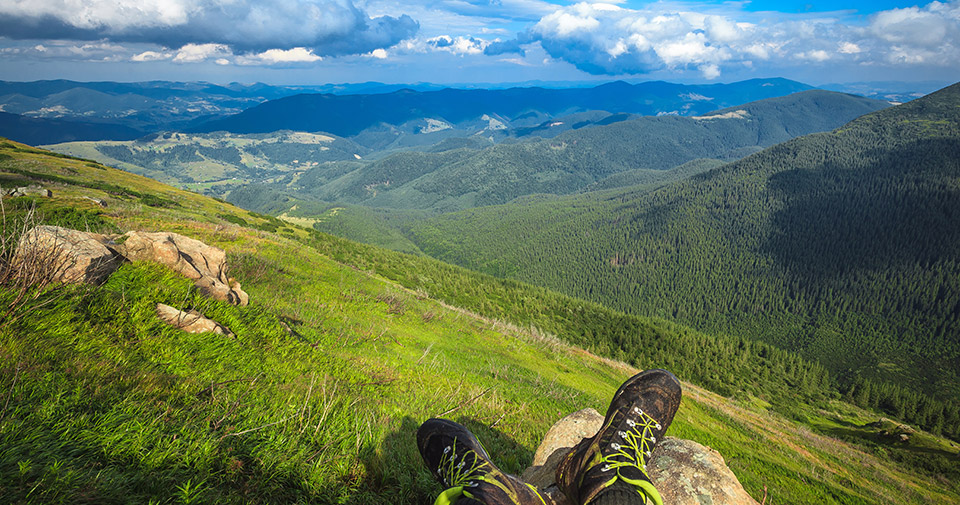in Srbica
Srbica - located in the central area of Kosovo and Metohija, this city is also the center of the municipality of the same name. Srbica is located on the main road connecting Kosovska Mitrovica and Peć, and the center is Drenica. During the Ottoman rule, the Turks tried unsuccessfully to settle this area on two occasions. Both times - in 1905 and 1907 - their efforts were destroyed by the Arnauts, who on both occasions destroyed every last stone. Their resistance was cruelly ended when Semsi Pasha came to exact revenge. A gallows was built and shortly afterwards about 150 Arnauts were hanged and were forbidden to be buried in order to subdue and humiliate the rebellious Drenica. The settlement was finally founded in 1924 when a community of colonized Serbs settled here in 30 homes. As the place was purpose built, all the houses were the same and impersonal - modest in size and painted white with courtyards and gardens. In 1926, the then head of the district, Petar Kunovčić, also built a school for that area, which employed one teacher and one teacher. The first institutions that started working in the newly built building of the Agrarian Community were the gendarmerie, the post office and the cafe. Already in 1936, the regional headquarters was located here, and on that occasion 24 Montenegrin, 17 Serbian and one Croatian families were recorded. The town of Srbica received the status of a small town in 1940. Today, in terms of monuments of cultural and historical significance, there is a monument to the fighters who fell in the battles against the Albanian fascists in World War II. There is also a Serbian cemetery, as well as the Devič monastery, which is located some 5 km south of the village. The monastery dates back to the 13th century and was destroyed and rebuilt several times during its turbulent history. Currently, the latest reconstruction is underway, which followed the March riots of 2004. Other important cultural monuments in and near the city are: - Church of St. Nikola, which was built before 1432 as an endowment of the rich people of Rhodope. It was restored in the 20th century and is located in the village of Banja. - The Preobraška church built in the 14th century- The Roman necropolis located in Gornji Obilić - The Church of St. John in Leočine from the 14th century - The Church of St. Đorđa and the cemetery that belongs to her, originating from the 16th century, located in the village of Rudnik - Carved cross originating from the 14th-16th century. century which is kept in Leočina in the house of Zdravko Šmigić 1961. The population census carried out in 1980 showed that the largest part of the population was made up of Serbs and Montenegrins, but already in 1981, the largest part of the population was made up of Albanians.Would you like your company to be in our business catalogue?




 VILLA BOROVA AND AGENCIES MIROS
VILLA BOROVA AND AGENCIES MIROS





